- All
- Product Name
- Product Keyword
- Product Model
- Product Summary
- Product Description
- Multi Field Search
Views: 38 Author: Site Editor Publish Time: 2023-06-05 Origin: Site
Fast Charging is a term commonly used to indicate that Electronic Power Supply (EPS) supports one of the various power delivery protocols to optimize the charging speed of battery-powered products. It also ensures the safety and durability of the battery by interacting with the battery management module within the power supply product. USB PD encompasses different functionalities that deliver power at four discrete voltage levels (5, 9, 15, and 20 volts), while PPS defines minor voltage increments between 3 and 21 volts. On December 14, 2021, USB-IF officially introduced the 240W EPR Type-C cable certification, where EPR stands for "Extended Power Range." The maximum power in the USB Type-C 2.1 new specification reaches 240W.
USB Power Delivery (USB PD) is a power delivery technology defined by the USB Implementers Forum. Although USB-PD charging technology does not currently have the highest market share, it is widely supported by various devices, including iPhones and iPads. USB PD Fast Charging is available in five power specifications: 10W, 18W, 36W, 60W, and 100W, with voltage options of 5V, 9V, 12V, and 20V. It is compatible with Type-C connectors capable of delivering up to 5A of current. USB PD Fast Charging can be applied to tablets, laptops, televisions, and other devices. The charging devices and chargers automatically determine the optimal charging current. Apple devices such as iPhone 8 and later models support USB PD Fast Charging (with an iPhone USB-PD charging wattage of 18W). To ensure consistent standards, USB PD-supported chargers must have a Type-C interface. USB PD Fast Charging is also compatible with Qualcomm's latest QC 4.0 and QC 4+ fast charging technologies.

Apple Lightning is a proprietary connector introduced in 2012 by Apple Inc. It replaced the 30-pin dock connector and is used in a few products, including smartphones and pencils. Devices with Lightning ports can interoperate with any USB product and are fully compatible at the signal and electrical levels. Lightning cables typically have a Lightning plug on one end and a standard USB Type-A or Type-C plug on the other end. Like Type-C, it is fully reversible.
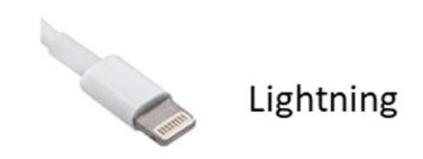
Universal Serial Bus (USB) is a set of specifications developed by the USB Implementers Forum (USB-IF) to define the cable and connector standards and protocols for communication, connection, and power supply of electronic devices. The USB specifications have been standardized in the IEC EN 62680 series.
In July 2012, USB-IF announced the completion of the USB Power Delivery (PD) specification (USB PD rev. 1), which allows for power delivery beyond 7.5W using certified PD-aware USB cables and standard USB Type-A and Type-B connectors. The revised USB Power Delivery Specification 2.0 (USB PD Rev. 2) was released as part of the USB 3.1 suite and covers Type-C cables and connectors with four power/ground pairs and a separate configuration channel. The USB 3.0 version was released and became effective in 2017.
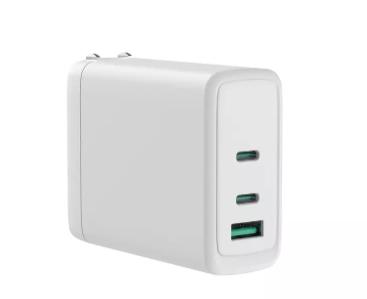
It is the first USB connector and is still widely used in many products to achieve backward compatibility. Most EPSs currently used with smartphones have a Type-A socket for cable insertion and power supply.
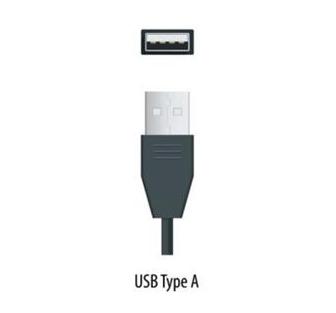
A connector (B-Plug and B-Receptacle) designed to overcome the limitations of the previous Type-A connector, with several variations. The most common variation, called "Micro-B," is often used in mobile phones and similar products.

A 24-pin USB connector system characterized by its dual-sided reversible design. Devices with Type-C connectors do not necessarily implement USB 3.1, USB Power Delivery, or any alternate mode. The Type-C connector is universal across multiple technologies.
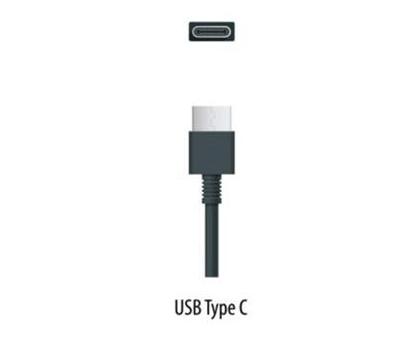
Inductive charging, also known as wireless charging, uses electromagnetic fields to transfer energy between two objects through electromagnetic induction. This is commonly achieved using induction pads. Power is transmitted through inductive coupling to the electrical device, allowing for battery charging or device operation.
Wireless chargers offer a convenient and cable-free charging experience. They use electromagnetic induction to transfer power from the charger to the device by placing the phone on a charging pad or stand. Wireless charging is compatible with devices that support Qi wireless charging technology.
Car chargers are designed specifically for charging mobile phones while on the go. They are plugged into the vehicle's cigarette lighter socket and provide one or more USB ports for connecting charging cables. Car chargers ensure that your phone stays charged during travel.
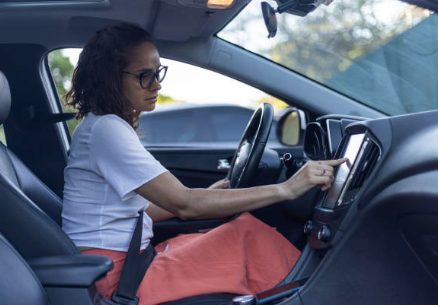
Andar is committed to the design, production, and sale of switches, smart sockets, multiport portable power adapters, and other built-in power panels. With extensive professional experience and a high level of competence, we offer a comprehensive power solution. Our products find wide application in household appliances, digital accessories, electric power tools, and office facilities.
Welcome to contact us!
0086-755-23217200